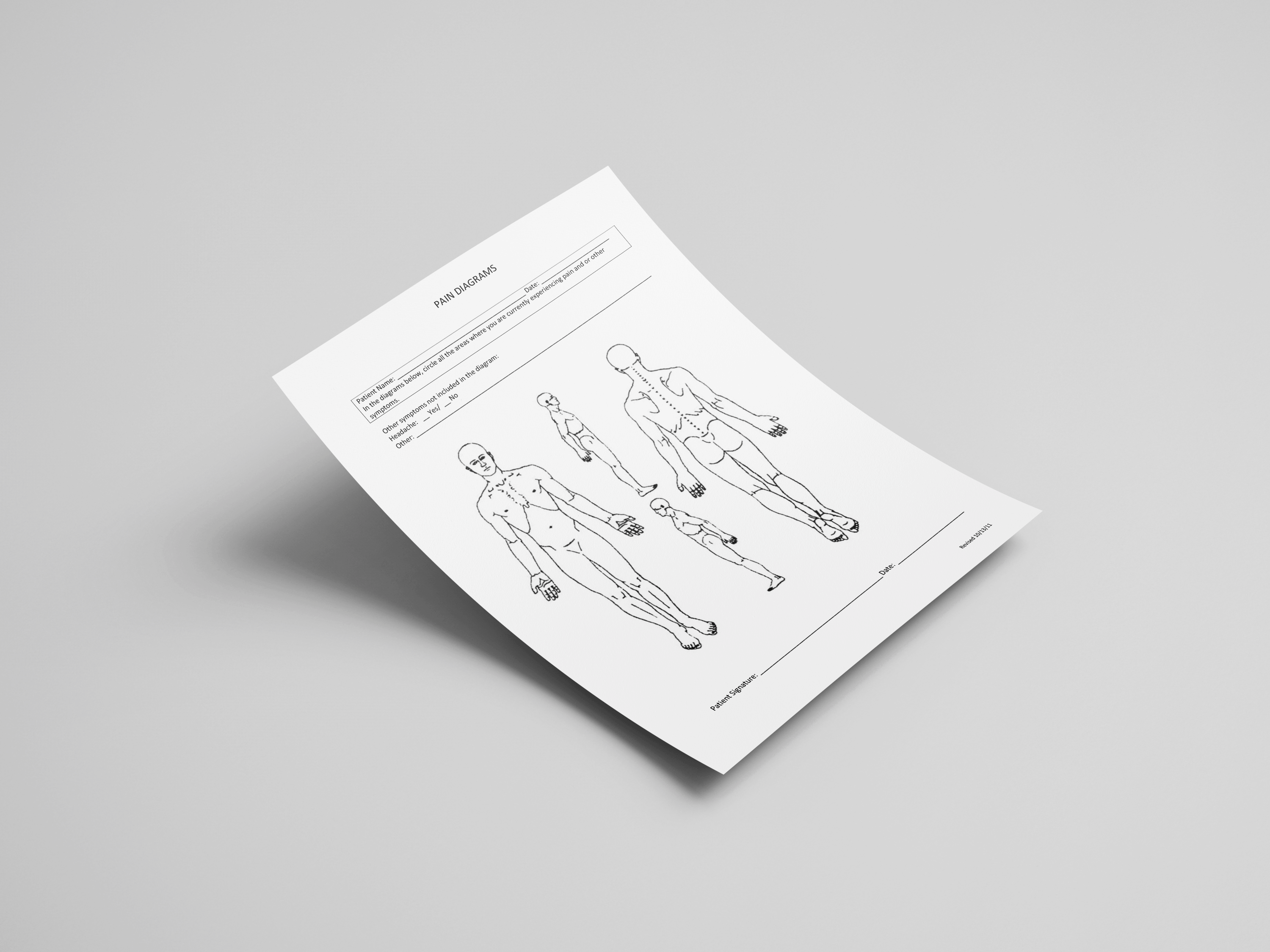

Law Office Referrals
Click Here
Medical Office Referrals
Click Here


by Dr. Benjamin S. Lurie, DC
Minor Impact Soft Tissue, more commonly known as MIST, is an insurance industry concept that seeks to identify whiplash as a psychosocial phenomenon. MIST programs are typically identified by lower vehicular damage under a certain vehicle repair threshold. The medical literature in this area has not been systematically reviewed since the Quebec Task Force Review in 1995. Ironically enough, the Quebec Task Force on Whiplash stopped collecting statistical data and studies in approximately 1993. In general, the MIST program has allegedly allowed for insurance companies to examine the vehicular damage rather than the examination of the patient.
M.C. Robbins authored one of my favorite articles in 1997*. This article was published in the Society of Automotive Engineers. Using a mathematical analysis and examples from a pole-vaulter and high performance racing crashes, this article explains why it is false reasoning and a misconception to claim that vehicle crash damage offers a direct correlation to the degree of occupant injury.
Abstract: “A common misconception formulated is that the amount of vehicle crash damage due to a collision offers a direct correlation to the degree of occupant injury. The paper explores this concept and explains why it is false reasoning. Explanations with supporting data are set forth to show how minor vehicle damage can relate or even be the major contributing factor to occupant injury. Mathematical equations and models also support these findings.”
The article states “The false reasoning is often applied by the insurance adjuster, attorneys and physicians and frequently result in costly unjustified litigation. Due to this litigation process, the injured parties are often not compensated, resulting in unjustified hardship to the party who has already been injured.” The amount of G force to which occupants of the vehicle are subject to is a major factor relating to occupant injury. The G force in which an occupant receives can be calculated using Galileo’s formula.
Since occupant injury is related to acceleration rate (G force), Galileo’s formula is rearranged to assess acceleration rate: a=V2/2s. Therefore, the larger the acceleration rate (G force), the greater the occupant injury, when all other factors are held equal. This is represented by “a” in the formula above. For the purposes of this article, G is defined as the acceleration of gravity, and is 9.81 m/second2. See two scenarios above.
Clearly one can see in the second scenario, which has much less vehicular damage shows significantly higher occupant G force. The results show that the greater the crush damage distance of the vehicle, the less G force may be received by the occupant. Lastly, the article states the physical condition of the occupant is relevant in assessing occupant injury.
These conditions are listed as awareness factors prior to collision as related to muscular stimulation, structural strength of the occupant, i.e., sex, age, bone mineral content and joint strength and lastly, the geometric dimensions of the occupant, i.e., height and weight.
CLICK HERE TO REQUEST FULL ARTICLE
*Malcolm C. Robbins (1997) Society of Automobile Engineers “Lack of relationship between vehicle damage and occupant injury.” 97-02-01: (#970494): 117-9
Disclaimer
This blog provides general information and discussion about medicine, health, wellness and related subjects. The words and other content provided in this blog, and in any linked materials, are not intended and should not be construed as medical advice. If you or any other person has a medical concern, it is recommended that you consult with an appropriately licensed physician or other health care worker.
